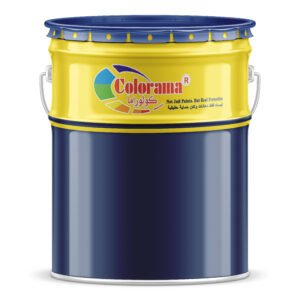Elastomeric Coatings
Elastomeric coatings are a type of coating that can stretch and recover when exposed to different temperatures, pressures, or movements. They are often used to protect surfaces from water, corrosion, weathering, and other environmental factors. Elastomeric coatings have many advantages over conventional paints, such as higher durability, flexibility, adhesion, and resistance.
He can be applied to various substrates, such as concrete, metal, wood, plastic, and more. They are especially suitable for surfaces that experience frequent expansion and contraction, such as roofs, walls, bridges, pipes, and tanks. Elastomeric coatings can also enhance the appearance and performance of the coated surfaces by providing a smooth, uniform, and colorful finish.
There are different types of elastomeric coatings available in the market, depending on the composition, application method, and intended use. Some of the most common types are:
- Acrylic : These are water-based coatings that are made of acrylic resins. They are easy to apply, dry quickly, and have good UV stability. They are ideal for roofs and walls that need protection from sun exposure and mildew growth. Acrylic elastomeric coatings can swell up to 50 times their original thickness when exposed to fire.
- Silicone: These are solvent-based coatings that are made of silicone resins. They have excellent water repellency, heat resistance, and weatherability. They are ideal for roofs and walls that need protection from rain, snow, hail, and extreme temperatures. Silicone elastomeric coatings can swell up to 25 times their original thickness when exposed to fire.
- Urethane : These are solvent-based coatings that are made of urethane resins. They have high abrasion resistance, chemical resistance, and impact resistance. They are ideal for floors and decks that need protection from wear and tear, spills, and stains. Urethane elastomeric coatings do not swell when exposed to fire.
He have many benefits for both residential and commercial applications. They can extend the lifespan of the coated structures by preventing cracks, leaks, rusts, and other damages. They can also reduce the maintenance costs by minimizing the need for repairs or replacements. Moreover, they can improve the energy efficiency of the buildings by reflecting heat and reducing cooling costs.
Showing all 4 results



